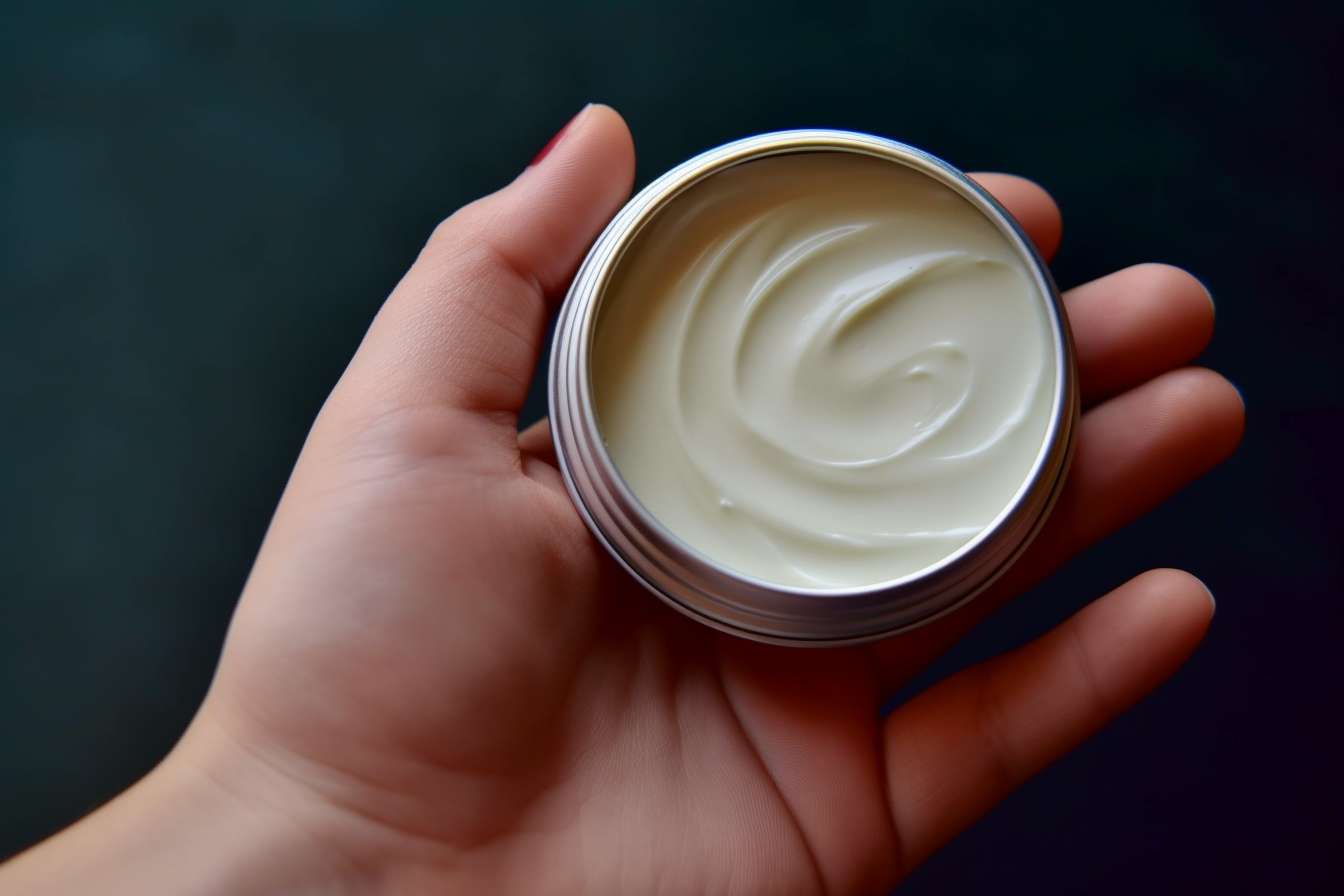Cosmetics: Ingredients, Safety and Choosing Products
Cosmetics are products used to cleanse, protect or alter the appearance of skin, hair and nails. This article explains common types of cosmetics, how to read ingredient labels, safety considerations, and practical tips for selecting products that suit different skin types and lifestyles. It aims to help readers make informed choices without promoting specific brands.

What are common cosmetics and their roles?
Cosmetics include a broad range of items such as cleansers, moisturisers, sunscreens, foundations, mascaras, shampoos and conditioners. Each category serves distinct purposes: cleansers remove dirt and oil, moisturisers restore hydration and barrier function, and colour cosmetics alter or enhance appearance. Sunscreens provide ultraviolet protection and are considered essential for daily skin health. Many products combine functions — for example, tinted moisturisers with SPF — which can simplify routines but also require careful label reading to verify active benefits.
How to read ingredient lists and labels?
Ingredients are listed in descending order by concentration, though those present at less than 1% may appear in any order after the principal components. Active ingredients (like SPF filters or salicylic acid) are often highlighted on the front; look for standardised names rather than marketing terms. Pay attention to fragrance, alcohol denat, parabens, silicones and preservatives if you have sensitivities. Claims such as “hypoallergenic” or “dermatologist‑tested” are not always regulated uniformly, so cross‑checking ingredient lists and seeking products with transparent formulations can be more reliable than relying on labels alone.
What safety considerations should you know?
Allergic reactions, irritations and phototoxicity are common concerns. Perform a patch test when trying a new product by applying a small amount to an inconspicuous area for 24–48 hours. Be cautious with exfoliating acids, retinoids and strong actives, which can increase sun sensitivity; pairing them with daily sunscreen is important. Keep cosmetics out of reach of children and avoid using expired products, as preservatives lose effectiveness over time. This article is for informational purposes only and should not be considered medical advice. Please consult a qualified healthcare professional for personalised guidance and treatment.
How to choose products for your skin type and concerns?
Identify whether your skin is oily, dry, combination or sensitive and select formulations that address those needs: lightweight, non‑comedogenic options often suit oily skin, while richer creams support dry types. For acne‑prone skin, look for non‑comedogenic labels and proven actives such as benzoyl peroxide or salicylic acid; for ageing concerns, consider products with retinoids or peptides. If you have rosacea or eczema, prioritise gentle, fragrance‑free formulations and seek products tested for sensitive skin. Introduce one new product at a time so you can monitor effects, and consider consulting a dermatologist for persistent or severe issues.
Sustainability and local services in cosmetics
Sustainability considerations include packaging materials, ingredient sourcing, production transparency and company practices regarding animal testing. Look for refill options, recyclable packaging and clear statements about ingredient origins. Many consumers also prefer to support local services such as independent cosmetic chemists, small‑batch producers or retailers that offer refill stations and recycling programmes in your area. These local services can provide more direct information about formulation and may allow sampling before purchase, which reduces waste and helps match a product to your personal needs.
Conclusion
Understanding cosmetics involves recognising product categories, learning to read ingredient lists, practising safety measures and choosing formulations that align with skin type and values such as sustainability. Prioritise products with transparent labelling, introduce new items gradually, and consider local services when you need personalised advice or want to support more sustainable options. Making informed choices helps balance appearance goals with skin health and environmental considerations.




